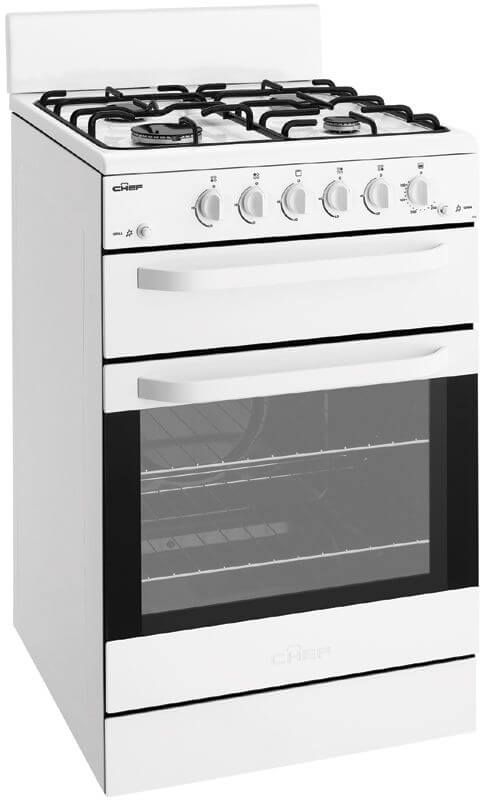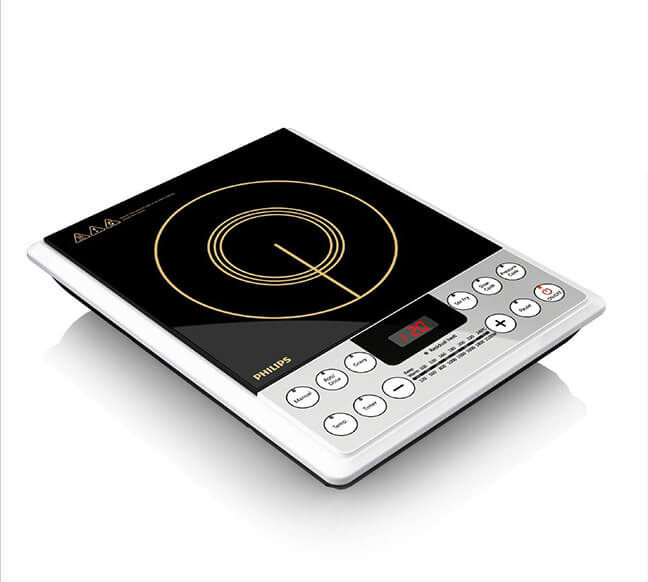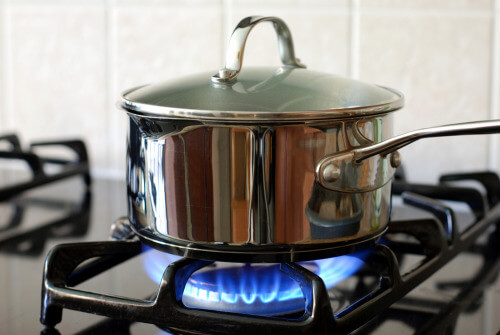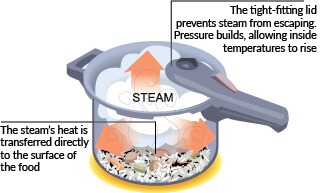Cooking
It’s high time we challenge our conventional chefs!
Do you know the 20 - 40 minute cooking art? It’s tried and tested.
- Cut the vegetables, meat and fish and leave them to season.
- Add curry powder and other ingredients.
- Turn the stove on and commence cooking meats and vegetables.
- Wash the rice in the meantime.
- Start cooking those that require more fire and proceed to those that require less fire.
Fry
Boil
Cook curries
Cook greenery
The quest for efficient stoves
- 78.5% of households use fuelwood for cooking
- 84% of the total LP gas consumed goes in for domestic applications.
- Yet, owing to preliminary technologies in using fuelwood and inefficient LP gas cookers, a huge amount of energy wastage occurs in domestic cooking.
- Pairing burners with proper sized utensils will reduce wastage. Oversized pans waste energy. A 6 inch diameter pan on a 8 inch burner wastes half the burner’s energy.
The traditional three-stoned hearth
- Very low efficiency - 5 - 8%
Anagi stove
Efficiency can be maximised by
- Using both burners at once
- Burning woodchips
- Ensuring adequate ventilation
LP gas cookers

Efficiency - very much higher compared to fuelwood stoves
- Adjusting the burner to get a blue flame
- Using pressure cookers, stainless steel utensils
- Minimising the height between the flame and pan
- Keeping burners clean
Induction cookers


The key to efficient cooking is, understanding your cooking habits
Match the cooking method to the meal. Don’t use an oven to toast bread, a toaster should do that. The rice cooker is used to cook rice, not other curries.
- Pair off the burner with the right pan
- Avoid spilling flames outside the vessel
Gas flames spilling over the sides of the pots waste energy.
Cooking without lids require 3 times energy as cooking with lids on.
Use vessels made of high conductivity materials
- For better heat conductance, use stainless steel cookware on LP gas cookers
Use minimum water
- Use minimum water to boil foods. Excess water requires excess heat to boil.
Don’t overcook
- Overcooked food not only tastes awful, but also wastes energy.
Keep the oven door closed
- Heat escapes through open doors.
Avoid heating food over and over again
- Having meals together is one of the happiest moments for a family. Inculcate this habit, try to have meals together as much as possible. This will also decline the need of heating food at different times to serve different family members and thus save energy. A definite way to get the family together at meal times is to turn off the wi-fi connection and televisions at the right time.
Be trendy
Modernise your food habits
- Eat fresh fruits and vegetables. Less cooking means less energy wastage.
- Cooking rice is more efficient in rice cookers than in conventional pots. If you can master the skill of cooking rice in a pressure cooker, this would be the best option. One hour can be reduced to just ten minutes!
- Soak grains overnight, so that they will require less time to be cooked in the morning.
- Cooking rice in pressure cookers save even more energy.
- Pressure cookers save 50 - 75% energy.
The table below compares the time taken to cook in an open vessel vs. pressure cooker
| Item |
Open vessel (minutes) |
Pressure cooker (minutes) |
|
Potatoes
|
50
|
8
|
|
Eggs
|
30
|
6
|
|
Rice
|
25
|
10
|
|
Gram
|
90
|
20
|
How should you use the pressure cooker?
Fill the pressure cooker with adequate water. Don’t fill too much of water, surplus water requires 50% more energy to boil.
Meanwhile, place the food in separators.
Place the separator inside the cooker and then close the lid.
When steam issues steadily from the vent, press the weight / whistle onto the vent.
After sometime, the cooker starts whistling. This indicates that the cooker has attained the right amount of pressure.
Now reduce the heat supplied, but make sure that there is sufficient heat to maintain the pressure. After the specified cooking time, turn off the cooker.

Allow the pressure cooker to cool off for about 10 - 12 minutes before opening the lid. Before taking off the cooker lid, ensure that the weight is disengaged. Take off the weight when it is cooling and later loosen the handle clasp only after all the steam has escaped.
Before taking off the cooker lid, ensure that the weight is disengaged.
Clean the weight and air vent regularly (with a toothpick) to allow clear passage of steam.



